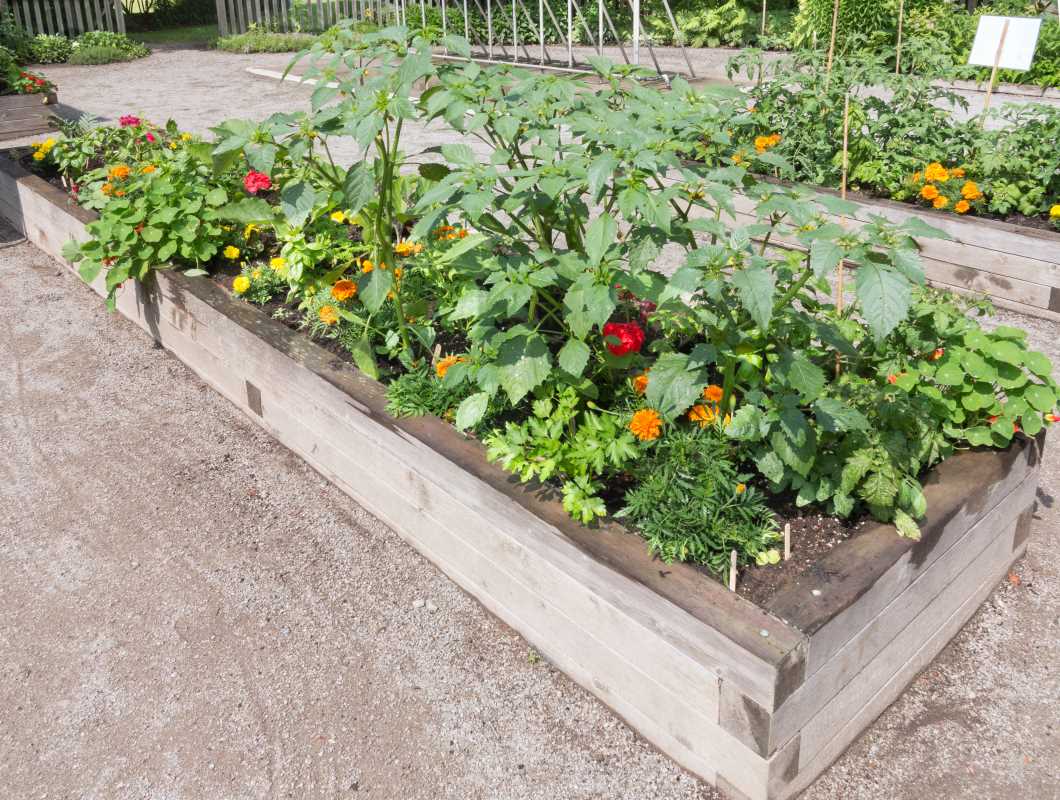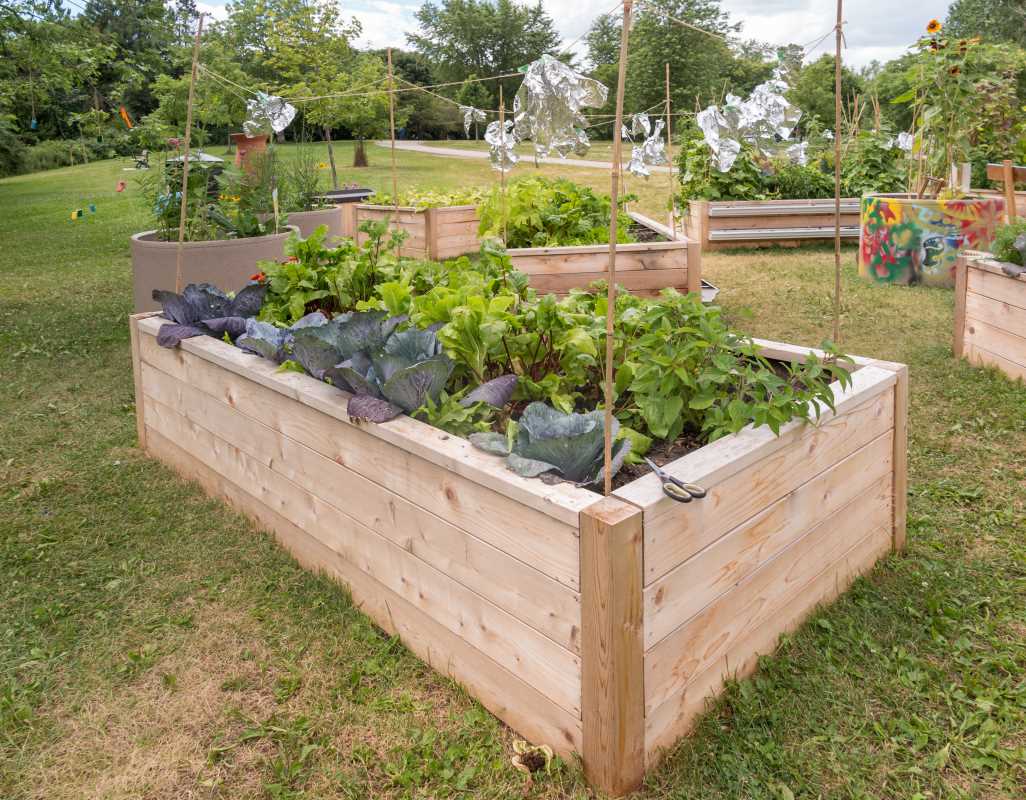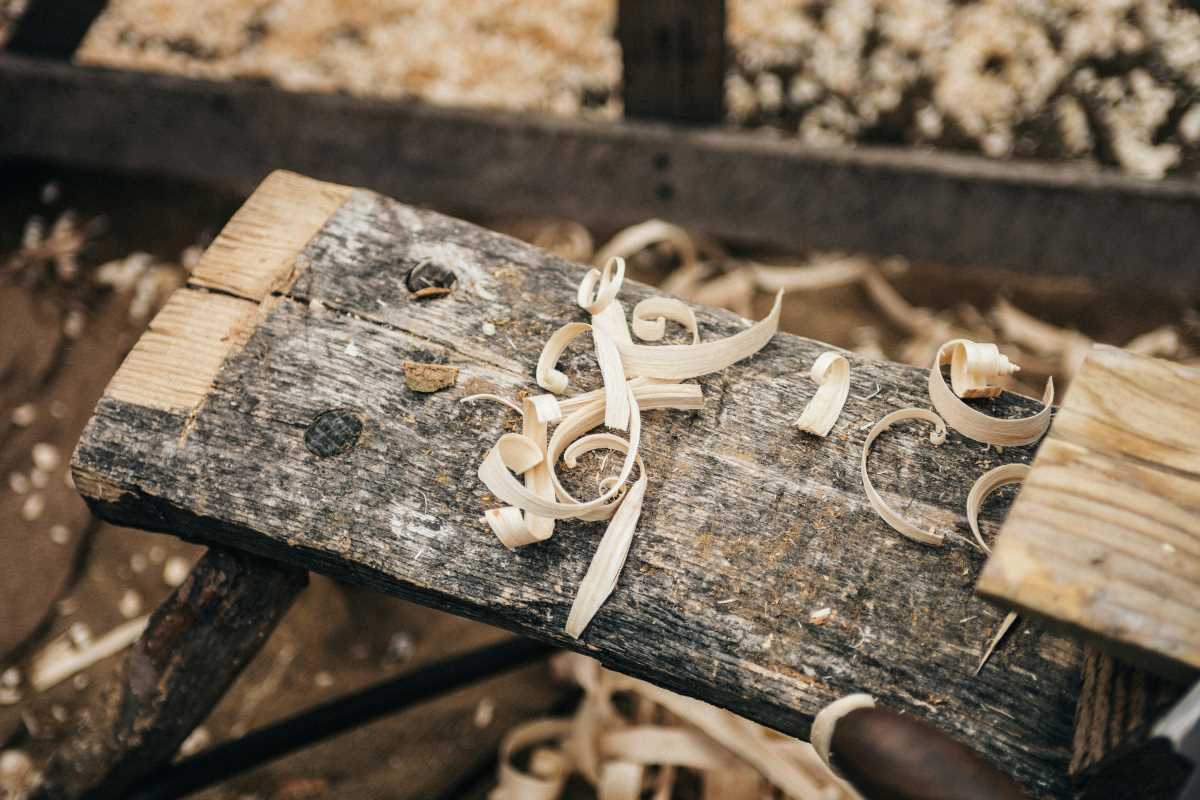Turning your backyard into a sustainable oasis is easier than you might think. One fantastic way to contribute to a greener environment while enhancing your outdoor space is by building a compost bin from pallets. This project helps reduce kitchen and garden waste and provides rich compost that nourishes your plants, leading to a healthier and more vibrant garden. Plus, repurposing pallets is an eco-friendly choice that gives new life to materials that might otherwise be discarded.
Materials Needed
- 3-4 wooden pallets (ensure they are free from nails and chemicals)
- Staple gun and staples
- Screws and a screwdriver or drill
- Hinges (for the compost bin door)
- Wire mesh or hardware cloth
- Hammer and nails
- Measuring tape
- Safety gloves and goggles
- Optional: Wheels for mobility
Step 1: Preparing the Area
Choosing the right spot for your compost bin is crucial for its functionality and ease of use. Select a level area in your backyard that receives partial sunlight. This ensures that the composting process works efficiently, as some sunlight helps maintain the right temperature for breaking down organic matter.
Once you pinpoint the ideal location, prepare the ground by clearing away any grass, weeds, or debris. Laying down a layer of gravel or stones promotes drainage, preventing your compost bin from becoming waterlogged. Ensuring good drainage is essential because excessive moisture can slow down the composting process and attract unwanted pests.
Step 2: Assembling the Pallets
- Disassemble the Pallets: Carefully take apart the pallets using a crowbar or prying tool. Remove all nails and ensure the wood pieces are smooth and safe to handle. This step allows you to use the pallet slats for constructing the sides and base of the compost bin.
- Create the Base: Arrange four pallet slats horizontally to form the base of your compost bin. Secure them together using screws or nails to ensure a sturdy foundation. The base should be large enough to accommodate the volume of compost you plan to produce.
- Build the Sides: Stand four pallet slats vertically around the base to form the walls of the bin. Attach them securely using screws or a staple gun. Make sure the sides are evenly spaced and that the structure is square to maintain stability.
- Add the Front and Back Panels: Use additional pallet slats to create the front and back of the compost bin. For the front panel, consider leaving one side open or adding a hinged section to allow easy access for turning the compost.
- Install the Wire Mesh: Line the inside of the compost bin with wire mesh or hardware cloth. This helps contain the compost materials while allowing airflow, which is essential for the decomposition process.
Step 3: Finishing Touches
Once you assemble the main structure of your compost bin, it's time to add the finishing touches that will enhance its functionality and appearance. Start by attaching the hinges to the front panel if you opted for a hinged door. This makes it easier to access the compost and turn it regularly, which is vital for aeration.
Consider painting or staining the pallets to protect the wood from the elements and to match your backyard's aesthetic. Ensure you use non-toxic, eco-friendly paint to maintain the sustainability of your project. You might want to add a lid made from another pallet slat or a piece of wood to keep pests out and maintain moisture levels within the compost.
Maintenance Tips
- Regular Turning: Every few weeks, turn the compost using a pitchfork or shovel to aerate the material and speed up the decomposition process.
- Monitor Moisture Levels: The compost should be damp but not soggy. Adjust by adding water or dry materials like shredded leaves as needed.
- Balance Green and Brown Materials: Maintain a good mix of nitrogen-rich greens (kitchen scraps) and carbon-rich browns (dry leaves, cardboard) to ensure efficient composting.
- Watch for Pests: Secure your compost bin to prevent pests from getting in, and avoid adding meat or dairy products that can attract unwanted animals.
- Harvest Compost: Once the compost is dark and crumbly, usually after a few months, it's ready to be used in your garden to enrich the soil.
Enhancing Your Backyard
Building a compost bin is just the beginning of transforming your outdoor space. Consider adding other DIY projects like a solar-powered water fountain to create a serene environment. This addition not only enhances the beauty of your backyard but also contributes to a sustainable lifestyle by utilizing renewable energy sources. Installing raised garden beds can make gardening easier and more organized, while a homemade rain barrel can help collect and reuse rainwater, reducing your water footprint.
Another great project is creating a vertical herb garden. This space-saving solution allows you to grow a variety of herbs and small plants even in limited spaces. By integrating these projects with your compost bin, you create a comprehensive and eco-friendly garden system that maximizes resources and enhances the overall appeal of your backyard.
Building a backyard compost bin from pallets is a rewarding project that combines sustainability with creativity. You reduce waste and produce valuable compost for your garden while adding a rustic charm to your outdoor space. With the simple steps outlined above, you can embark on this DIY adventure and enjoy the numerous benefits of homemade composting. Give it a try, and watch your backyard flourish with the resources you create yourself.
 (Image via
(Image via





